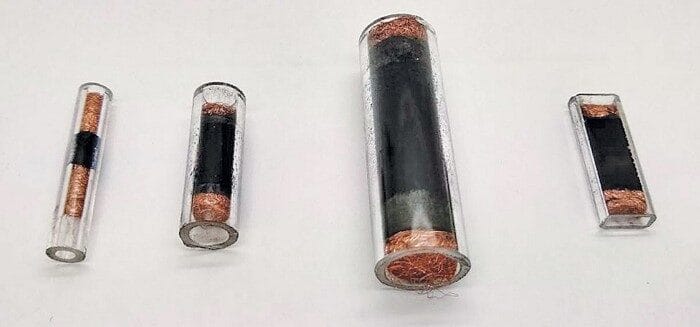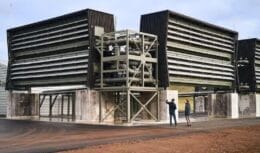
Discover how graphene makes concrete 25% lighter and stronger. A Rice University revolution for the construction industry
When you think about us resources we are running out, maybe sand isn't at the top of your list, but it is, due to our high demand for concrete in the construction industry. Rice University scientists have now demonstrated that replacing it with graphene can not only save sand, but also make concrete lighter, stronger and more durable.
The world is facing an environmental and resource crisis due to the high dependence on concrete, the second most consumed material after water. The extraction of sand, an essential component of concrete, exceeds the natural replacement capacity, triggering serious ecological problems.
Rice University Innovation
Rice University researchers discovered that graphene derived from metallurgical coke, a coal-based product, could replace sand in concrete. This advance, led by James Tour, professor of chemistry, materials science and nanoengineering, has the potential to improve the construction industry.
Benefits of graphene in concrete
Graphene concrete not only matches the mechanical properties of standard concrete, but also offers a higher strength-to-weight ratio. “Our concrete is 25% lighter, but equally resistant,” says Tour.
Saving sand is not the only benefit either. The resulting concrete was 25% lighter than concrete made with normal aggregate and showed a 32% increase in toughness, 33% in maximum deformation and 21% in compressive strength. On the downside, there was an 11% reduction in its Young's modulus, a measure of a material's resistance to stretching deformation.
Reduction of environmental impact in construction
Concrete is made from three main ingredients: water, an aggregate like sand, and cement to hold it all together. Sand is the largest component by volume, and given modern humanity's insatiable appetite for concrete, sand extraction is increasing. This process is not only destructive, but also risks depleting sources.
Cement production, key component of concrete, is responsible for 8% of global carbon dioxide emissions. Furthermore, largely unregulated sand mining damages river and coastal ecosystems. Technology developed at Rice could decrease dependence on natural sand and reduce carbon emissions from the concrete industry.

Innovative Process: Joule Heating
Tour's laboratory used the Joule heating technique to convert metallurgical coke into graphene. This technique produces graphene faster and on a larger scale than previous methods.
Satish Nagarajaiah, professor of civil and environmental engineering, highlights that 30% of concrete is made up of sand. Metallurgical coke could not only improve the quality of concrete but also significantly reduce costs. However, the price of graphene still needs to be reduced for this solution to be viable on a large scale.
This study, supported by the U.S. Army Corps of Engineers, the Air Force Scientific Research Agency and the National Science Foundation, paves the way for more sustainable urban development practices, addressing the looming “sand crisis” and offering viable alternatives for the future of construction.











